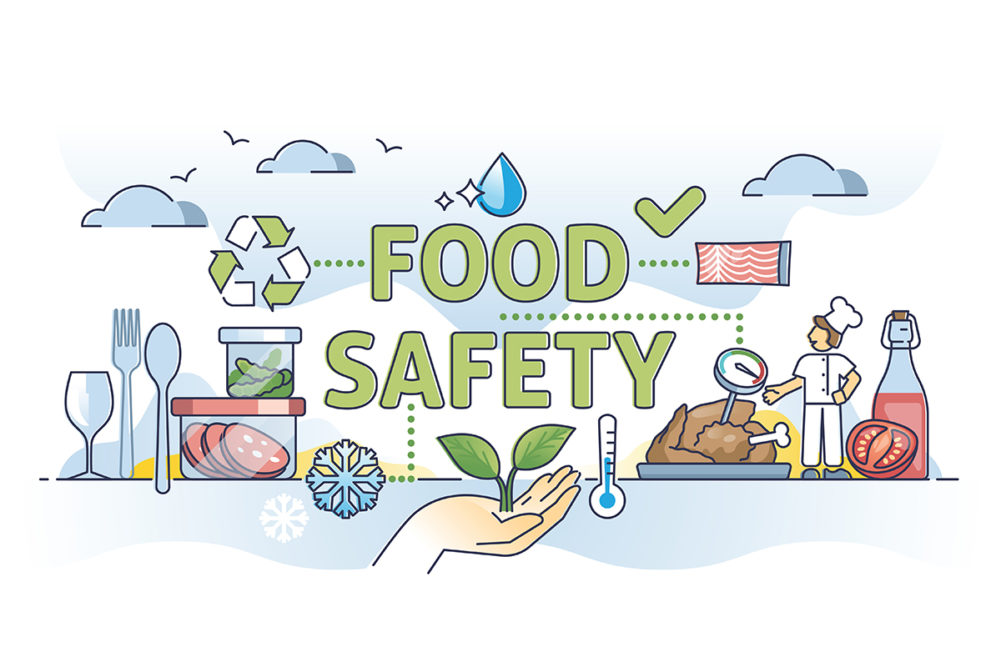KANSAS CITY, MO. — Consumer confidence in the safety of the US food supply has fallen to 62% in 2024 from 70% last year, and consumers are concerned especially about the presence of certain ingredients, according to new data from the International Food Information Council (IFIC).
The group analyzed the perceptions of the safety and healthfulness of food and food ingredients based on survey responses from 1,000 US consumers. The survey found 31% consider the presence of an ingredient to be the most significant factor in evaluating the health risks of a packaged food or beverage, followed by concerns about the amount of an ingredient and the total number of ingredients.
Ingredients facing intense scrutiny include dyes/colors, sugar substitutes, monosodium glutamate, bioengineered ingredients and preservatives. The results reaffirm earlier data from IFIC’s annual Food and Health Survey showing consumers’ definition of “healthy” is increasingly focused on criteria like “limited or no artificial ingredients or preservatives.”
It is this type of data that shows why some state legislators are focused on banning such ingredients. Politically, the efforts align with consumer perception and allow politicians to claim they are acting to protect their constituencies.
California Governor Gavin Newsom signed the School Food Safety Act in late September that will ban the inclusion of six synthetic dyes in products served in public schools in the state. The law’s signing came less than a year after the state banned Red No. 3, brominated vegetable oil, potassium bromate and propylparaben effective Jan. 1, 2027.
The school food safety legislation is the latest state effort to address consumer concern about chemicals in food and implies the Food and Drug Administration (FDA) is moving too slowly to address the issue.
For food and beverage manufacturers, the bans will be problematic. The logistics of remaining compliant with individual state bans will add costly complexity to supply chains.
The FDA held a public meeting in late September to discuss a process for assessing chemicals in food and hear stakeholder perspectives. The agency said the approach “includes a transparent process for identifying and prioritizing food chemicals currently in the market for safety reviews.”
“While states are well under their rights (to ban ingredients) under the current regulatory system ..., a strong national food safety system is not built state by state,” said Jim Jones, deputy commissioner of the FDA’s Human Foods Program. “The FDA must lead the way, but to do so, we need to do more.”
The FDA has developed proposals for creating a system to review the safety of some food ingredients. The public has been asked to comment on the proposals.
In the meantime, as the wheels of government policy development turn slowly, states like Illinois, Missouri and Washington are considering laws like California’s first ingredient ban that was signed into law in October 2023. Like that legislation, each law, if passed, would go into effect at the start of 2027.

